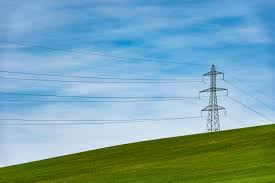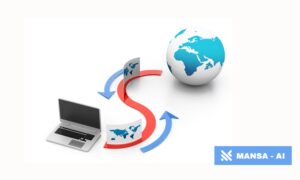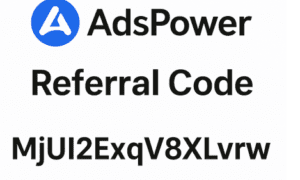If you’ve ever argued about whether to bring a supply in overhead or underground, you’ll know it isn’t just a technical preference. It’s planning approvals, safety, meter location, timelines, and who’s actually responsible for what. Here’s the thing, the rules aren’t the same everywhere, but there is a shared core that helps you make sensible decisions, fast.
Let me explain the basics first, then we’ll tour the US, UK, and Australia with a clear eye on what changes and what stays put.
What Counts as a “Service Connection”?
Across most jurisdictions, a service connection is the interface between the public network and a customer’s installation. In plain English, the point where the utility’s world meets yours. Overhead connections typically arrive as a “service drop” to a building or private pole. Underground connections use a “service lateral” in a trench or duct to a meter position. In the US, this split matters because different requirements kick in once those conductors enter a structure and head for a disconnect. The National Electrical Code (NED) Article 230 spells out what “services” are, and how service conductors must be protected and disconnected. It’s the foundational text most local Authorities Having Jurisdiction (AHJs) interpret on inspections and approvals.
Most headaches aren’t about copper sizes or conduit fill. They’re about where the service disconnect goes, who can touch which bit, and how fast the network operator will actually turn you on. Those are the rules that ripple into project cost and programme.
As we compare countries, keep two quick phrases in your back pocket. First, accredited service connection specialists. They’re the electricians authorised by a utility or regulator to design, install, or sign off on connection works. Second, keep an eye on which tasks are contestable and which are not.
Australia: Service and Installation Rules, and Who’s Allowed to Touch What
Australia is state-based for service connection rules. A good example is New South Wales, where the Service and Installation Rules (SIRs) set the requirements for connecting a customer installation to the distribution network. NSW has been reviewing and updating these rules, with a 2025 review paper and a draft edition signalling clarifications around new technologies and customer connection processes. If you’re working across 11 kV estates one week and residential laterals the next, you’ll skim the review notes to see what’s changed before you stamp a design.
In NSW, service work on the network interface is performed by Level 2 ASP electricians. They are authorised under the Accredited Service Provider (ASP) scheme to perform work such as disconnect/reconnect at the point of supply, install or alter overhead and underground services, and handle meter-related tasks depending on the category. If your project brief mentions private poles, defect notices, or relocating a point of attachment, this is the ticketed category you’re looking for. When you’re shortlisting vendors, look for companies who are not just general electricians but genuinely accredited service connection specialists with current ASP authorisations and the specific network’s competencies.
The United States: The Code and the Meter Dance
In the US, NEC Article 230 governs services under 1000 V AC and sets guardrails for service conductors, equipment, and the service disconnecting means. One core rule readers should know is the “readily accessible” requirements for the service disconnect, typically either outside or inside near the point of conductor entry. The Code’s scope sounds simple, yet plan reviewers will hone in on grouping, marking, and the path of conductors before the disconnect, especially for mixed systems with PV or storage.
There’s a practical rhythm to US projects which includes utility service requirements and tariffs, the customer’s meter location proposal, NEC compliance for the service raceway, and the inspection-to-energisation steps. The nuance is local and the Code is national. If you’re managing a team, build in early coordination on the disconnect location and the meter set, because removing either after rough-in hurts. Industry guidance that interprets NEC changes in 2023 also helps keep teams aligned.
The United Kingdom: DNOs and IDNOs
Shift to the UK and the landscape changes. Distribution Network Operators (DNOs) own and run regional networks. Independent DNOs (IDNOs) can deliver contestable connection works and adopt networks in new developments. The design and construction pack you’ll hear referenced constantly is the Energy Networks Association’s G81 suite, which DNOs and IDNOs publish with their local appendices. If you want the authoritative, nuts-and-bolts detail for new housing, commercial parks, and service connections, G81 is your first port of call.
Timelines and accountability are backed by Ofgem’s Guaranteed Standards of Performance. If a DNO misses certain connection milestones or customer service obligations, compensation applies. That’s not just a feel-good policy, it changes how project managers schedule trenching, meter installations, and energisation because the network operator is working against regulated time limits. Recent guidance confirms the current framework and adjustments to the guaranteed standards, so check those dates when you prepare your programme of client letter.
Read More From techbullion





























